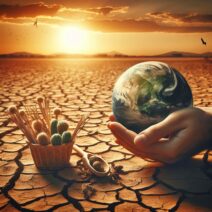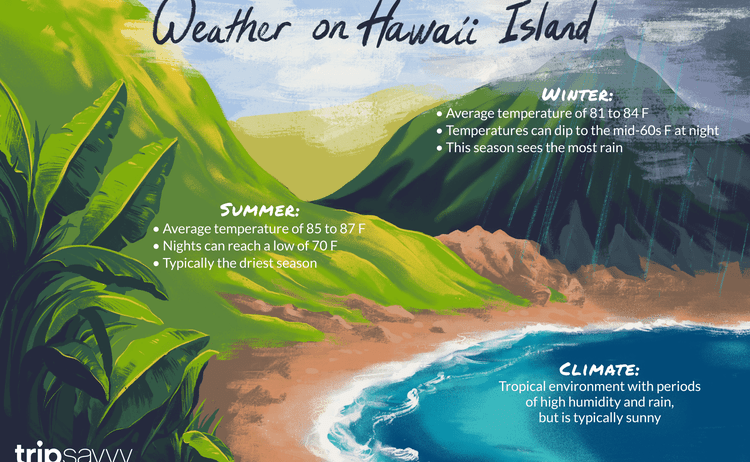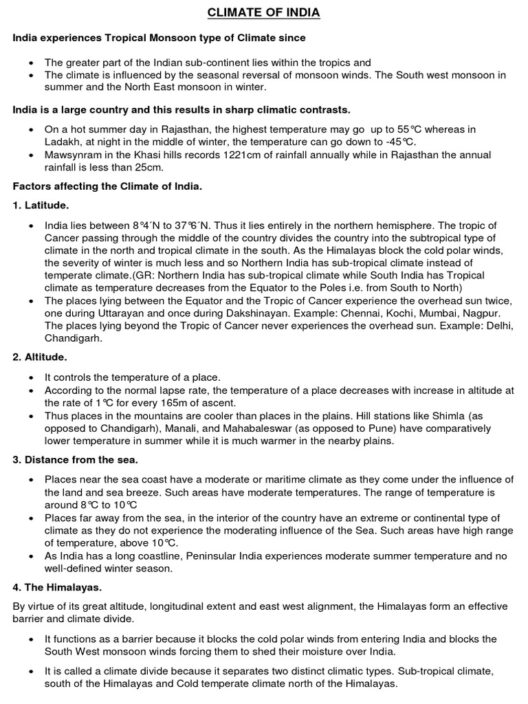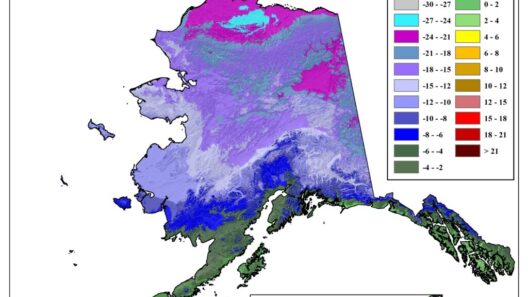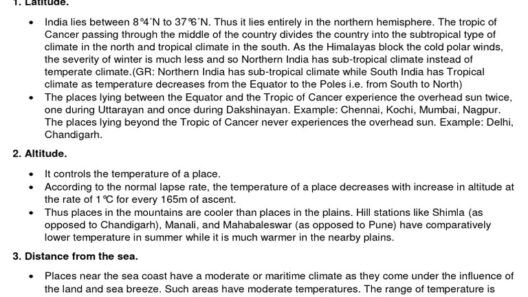Hawaii, an archipelago nestled in the cerulean expanse of the Pacific Ocean, boasts an exceptional climate that plays a pivotal role in defining its lush landscapes and unique biodiversity. Situated almost equidistant from the Asian and American continents, the islands derive their climate from a confluence of geographical and oceanic influences. The tropical climate is characterized by warm temperatures, an abundance of rainfall, and diverse microclimates that vary significantly from one island to another and even from one coast to the other.
This analysis delves into various aspects of Hawaii’s climate, exploring temperature ranges, seasonal variations, rainfall distribution, prevailing winds, and the unique microclimates that shape the Hawaiian experience.
Temperature Regimens
Hawaii’s climate is predominantly tropical, with average temperatures generally oscillating between 70°F (21°C) and 85°F (29°C) throughout the year. When measured at sea level, these temperatures rarely fluctuate dramatically, leading to a stable environment conducive for both residents and visitors alike. However, the islands feature notable regional differences, particularly as you ascend in elevation. For instance, higher altitudes like those found on Mauna Kea and Mauna Loa see significant temperature drops, often plunging to below freezing at their summits.
Moreover, the difference in temperature between day and night is relatively minimal, fostering a consistently warm ambience. Coastal regions typically remain balmy, while increased elevations can create a refreshing chill, enhancing the allure for both adventurers and relaxation seekers.
Seasonal Variations
While Hawaii lacks the pronounced seasonal changes experienced in temperate zones, there are subtle distinctions between its wet and dry seasons. The dry season typically stretches from May to October, characterized by lower humidity, clear skies, and a more stable atmospheric pressure system. Conversely, the wet season spans from November to April and is marked by increased precipitation levels, particularly on the windward (northeastern) sides of the islands, where rain shadows create a stark contrast in moisture availability.
During the dry season, the trade winds blow consistently, providing a natural air conditioning effect that diminishes the sensation of heat and promotes outdoor activities. Tourists flock to beaches and hiking trails, indulging in the abundant sunshine that dominates this period. In contrast, the wet season fosters the growth of verdant vegetation, with lush greenery showcasing the islands’ unparalleled beauty. Hiking through rainforests or viewing cascading waterfalls can be a particular delight during this time, despite the increased likelihood of showers.
Rainfall Distribution
Rainfall in Hawaii is notably uneven, and this irregularity contributes to the islands’ varied ecosystems. Some areas, particularly on the eastern shores and windward slopes, receive substantial rainfall, often exceeding 400 inches annually. The town of Mōanalua on Kauai holds the record for the highest average annual rainfall, with more than 450 inches. The orographic lift effect, wherein moisture-laden trade winds collide with mountainous terrains, causes precipitation to fall more abundantly in these regions.
In stark juxtaposition, leeward sides and coastal zones tend to be arid, with annual rainfall plummeting to as low as 10 inches in certain locales. This stark contrast in rainfall results in distinct biomes: the lush rainforests of windward areas versus the desert-like environments found on the leeward coasts. The intricate interplay of rainfall patterns not only shapes the vegetation but also influences water resources and agriculture across the islands.
Prevailing Winds
Integral to understanding Hawaii’s climate is the role of trade winds. These consistent easterly winds emerge from the northeastern ocean, carrying moisture from the ocean and moderating temperature fluctuations. Typically blowing with a velocity of 10 to 20 knots, these winds are most potent from May to September and help to dissipate humidity in coastal areas. The orographic lift experienced as trade winds ascend mountainous terrain exacerbates rainfall on the windward slopes while rendering leeward regions considerably drier.
Additionally, the subtle variations in wind direction and intensity can lead to isolated weather patterns, creating localized storms or clear skies that provide a microcosm of the island’s overall climatic variety.
Microclimates of Hawaii
The concept of microclimates is paramount to understanding Hawaii’s unique climate. Each island, from the verdant landscapes of Kauai to the arid expanses of the Big Island, presents its own climatic character. Variations in elevation, exposure to trade winds, and proximity to ocean currents contribute to the mosaic of climates that exist across the archipelago.
For instance, the Big Island is home to diverse ecosystems ranging from tropical rainforests to volcanic deserts, attributable to its expansive size and geological variety. The stark contrasts between the wet side near Hilo and the arid landscapes of the Kona coast showcase how geographically distinct areas can influence climate. This kaleidoscope of climates promotes biodiversity, allowing for a singular array of flora and fauna adapted to their specific environments.
The microclimates not only facilitate the growth of unique plants but also provide diverse habitats for native wildlife. Understanding these climatic intricacies is crucial for conservation efforts, ensuring the preservation of Hawaii’s rich ecological heritage.
Conclusion
In summary, the climate of Hawaii is an intricate tapestry woven from temperature stability, seasonal fluctuations, rainfall distribution, prevailing winds, and diverse microclimates. Each of these components plays a vital role in shaping the islands’ environment, ecology, and culture. The tropical climate not only attracts millions of visitors each year but also supports a unique range of biodiversity that is essential for the islands’ ecological health. As climate change continues to pose challenges to global weather patterns, understanding local climates like that of Hawaii is crucial in preserving their rich natural heritage for future generations.


